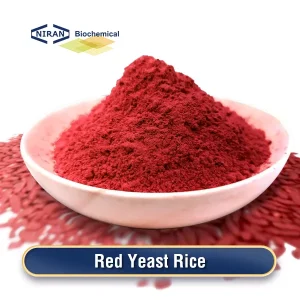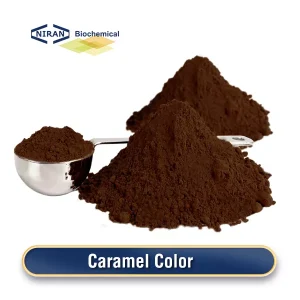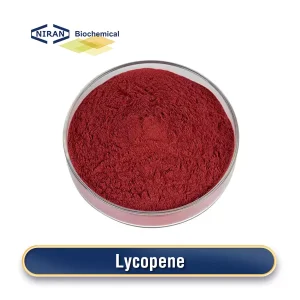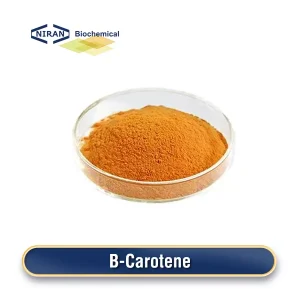FOOD COLORANTS MANUFACTURER
We specialize in providing high-quality food colorants to give your products rich and diverse colors.
The main features of our colorants:
- Food Grade
- Natural and Synthetic Colorants for Choosing
- Powder Form
- Powder Particle Size Ranges from 20~400 Mesh
- Enhance or Alter the Color of Food and Drinks
- Multiple Applications: Bakery, Confectionery, Beverages, Frozen Foods, Seafood, etc.
COLORANTS
Colorants, also known as food colors or food dyes, are substances used to enhance or alter the color of food and drinks. They can maintain or improve food appearance, especially when natural colors may fade during processing or storage. The food industry primarily employs two categories of colorants: natural and synthetic. Commonly used colorants are Anthocyanins, Beet Root Red, Black Carrot Purple, Gardenia Blue, Gardenia Green, Lutein, Lycopene, Paprika Oleoresin, Zeaxanthin, etc.
FEATURED PRODUCTS
TYPES OF COLORANTS
Food colorants, pivotal for enhancing the appearance and appeal of food and beverages, are categorized into natural and synthetic types, each with distinctive sources and applications.
Natural Colorants
They are derived from plant, mineral, or animal sources, offering a palette of colors that are often perceived as healthier and more sustainable. Here are some common types:
- Anthocyanins: Provide red, purple, or blue hues, extracted from berries, grapes, and other fruits.
- Beta-carotene: Responsible for the orange hue, is extracted from sources such as carrots, pumpkins, and sweet potatoes.
- Chlorophyll: Offers green shades, sourced from green vegetables and plants.
- Turmeric (Curcumin): Known for its bright yellow color, extracted from turmeric roots.
- Beetroot Red (Betanin): Produces vibrant red tones, extracted from beets.
- Paprika Extract: Yields red to orange colors, obtained from paprika peppers.
- Carmine (Cochineal): A red dye made from cochineal insects, used for its bright red hue.
Synthetic Colorants
They are chemically formulated and offer more vibrant colors than most natural colorants. They offer economic advantages and possess an extended shelf life. Common synthetic colorants include:
- Allura Red (Red 40): A popular red dye used in candies, beverages, and processed foods.
- Tartrazine (Yellow 5): Offers a bright yellow color, found in desserts, candies, and snacks.
- Brilliant Blue FCF (Blue 1): A common blue dye used in beverages, ice creams, and processed foods.
- Sunset Yellow FCF (Yellow 6): Produces an orange hue, used in snacks, sauces, and beverages.
APPLICATIONS OF COLORANTS
Colorants are used extensively in the food industry to enhance visual appeal, compensate for color loss during processing, and ensure product consistency. The application of colorants spans a wide range of food and beverage categories, each with its specific purpose and effect. Here are some of the primary applications of food colorings:
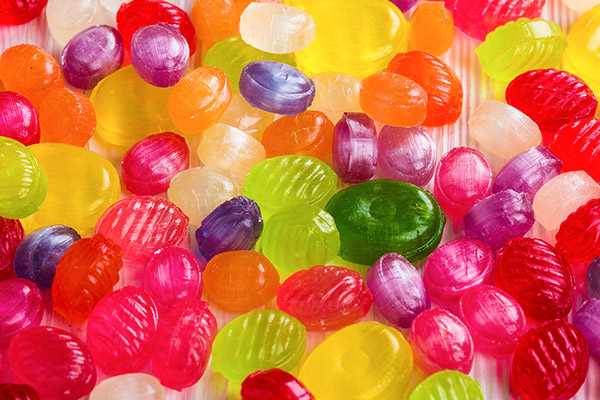
Confectionery and Snacks
Purpose: To make candies, chewing gums, and snack foods visually attractive with vibrant colors.
Effect: Bright and varied colors increase the appeal and perceived flavor intensity of confectioneries and snacks.
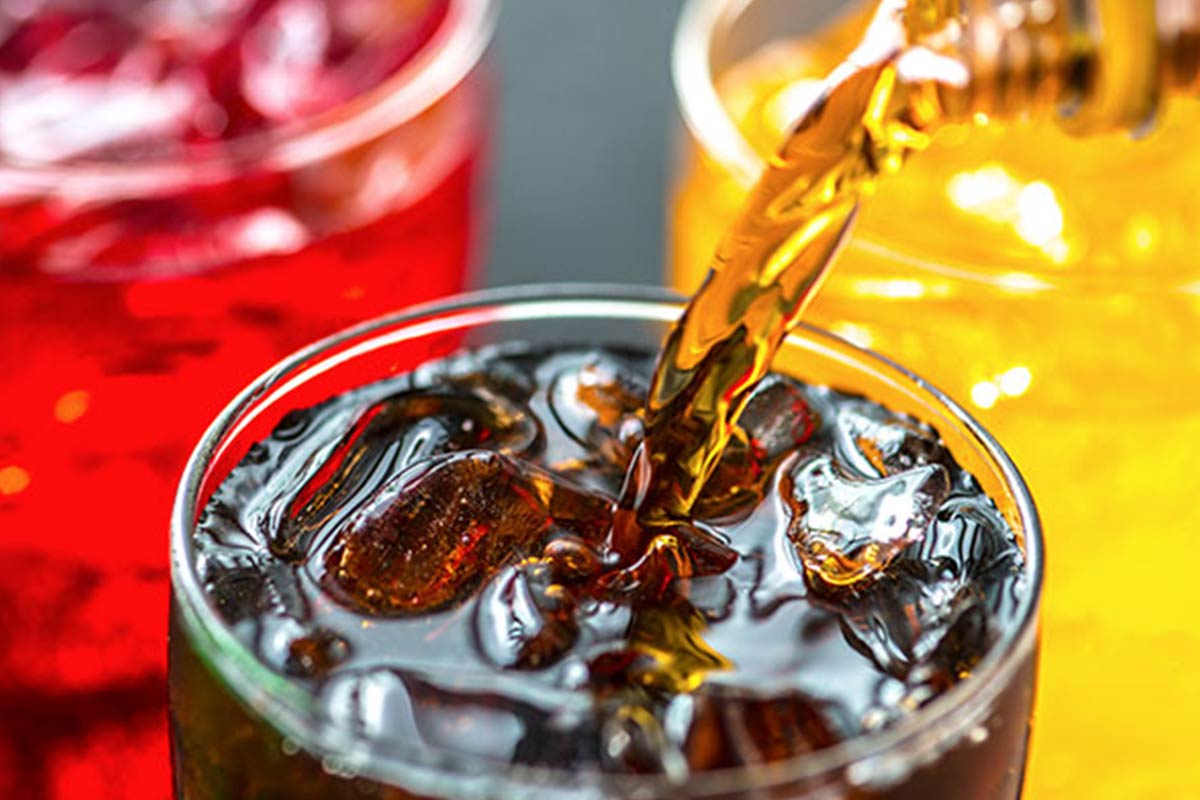
Beverages
Purpose: To give soft drinks, juices, and sports drinks appealing colors that match their flavors.
Effect: Colorants help consumers associate the color with the flavor, enhancing the overall sensory experience.

Dairy Products
Purpose: The aim is to preserve or improve the color of dairy items, including butter, cheese, ice cream, and yogurt.
Effect: The use of colorants enhances the sensory experience by enabling consumers to link the color with the flavor.

Bakery Foods
Purpose: To boost or restore the color of baked goods such as pastries, bread, and cakes.
Effect: Improves the appearance of baked products, making them look more delicious and freshly baked.

Processed Meats
Purpose: To enhance or stabilize the color of processed meat products like sausages, deli meats, and canned meats.
Effect: To improve or maintain the color stability of processed meat items such as sausages, deli meats, and canned meats.
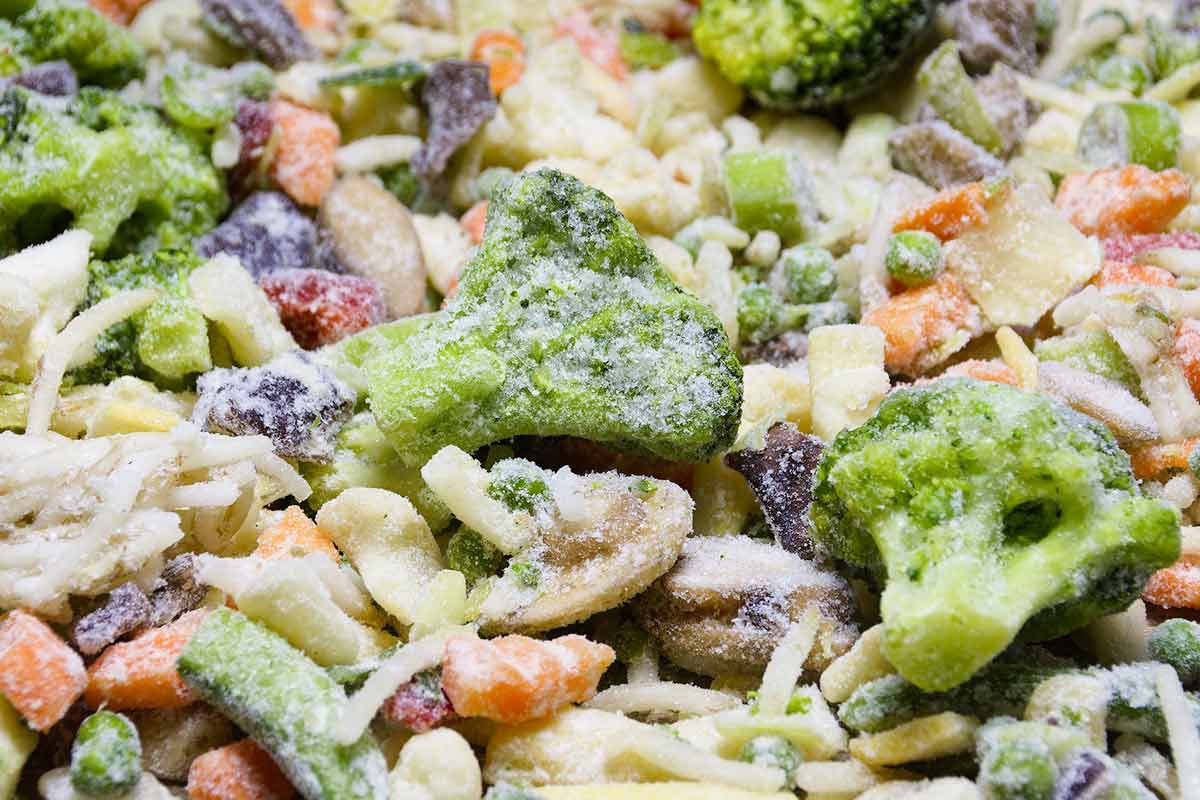
Frozen Foods
Purpose: To preserve the color of frozen vegetables, fruits, and ready-to-eat meals during freezing and thawing.
Effect: Helps frozen foods retain a fresh appearance, closely resembling their fresh counterparts.

Sauces and Condiments
Purpose: To intensify the color of sauces, dressings, and condiments, aligning them with flavor expectations.
Effect: Deepens the color of these products, enhancing visual appeal and perceived taste quality.
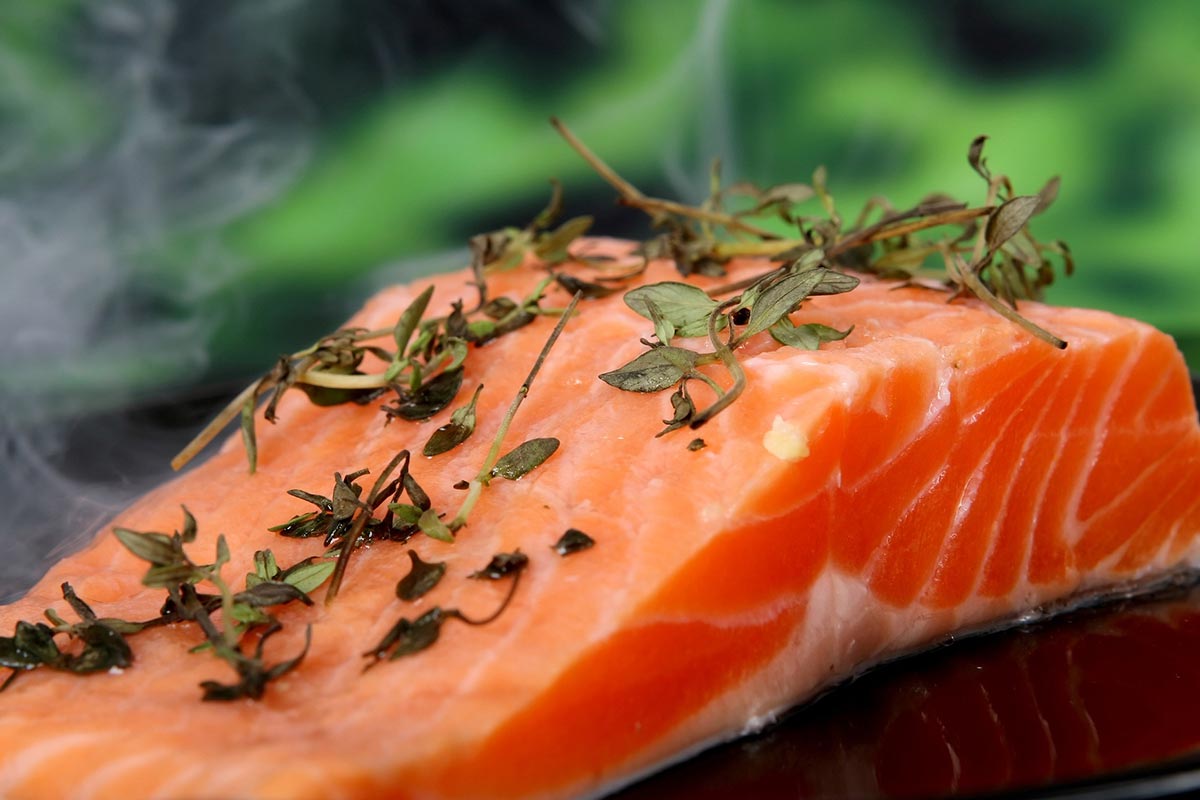
Seafood
Purpose: To enhance the color of farmed salmon & other seafood products to mimic the appearance of their wild counterparts.
Effect: Improves marketability and consumer acceptance by providing the familiar pink-orange hue associated with wild salmon.
FAQ
What are colorants for food?
They are added to food and drinks to enhance or change their color. They originate from either natural sources such as plants, animals, and minerals, or are chemically synthesized.
What sets natural food colorants apart from their synthetic counterparts?
Natural colorants come from organic sources and are commonly viewed as healthier alternatives. Synthetic food colorants are created through chemical processes to produce vibrant and stable colors that may not be achievable with natural colorants. Natural food colorings can have variability in hue and stability, while synthetic colorants offer consistency.
Why are food colorants used?
They are used to improve the visual appeal of foods, compensate for color loss during processing, ensure product consistency, and meet consumer expectations for the appearance of certain foods.
Are there alternatives to food colorings?
For consumers looking to avoid colorants in food, options include choosing foods labeled as "no artificial colors" or "made with natural colors." Additionally, whole and unprocessed foods naturally do not contain added colorants.
Is there a trend towards natural colorants?
Indeed, the rising consumer preference for natural and clean-label products has spurred the food industry to increasingly incorporate natural colorings.

